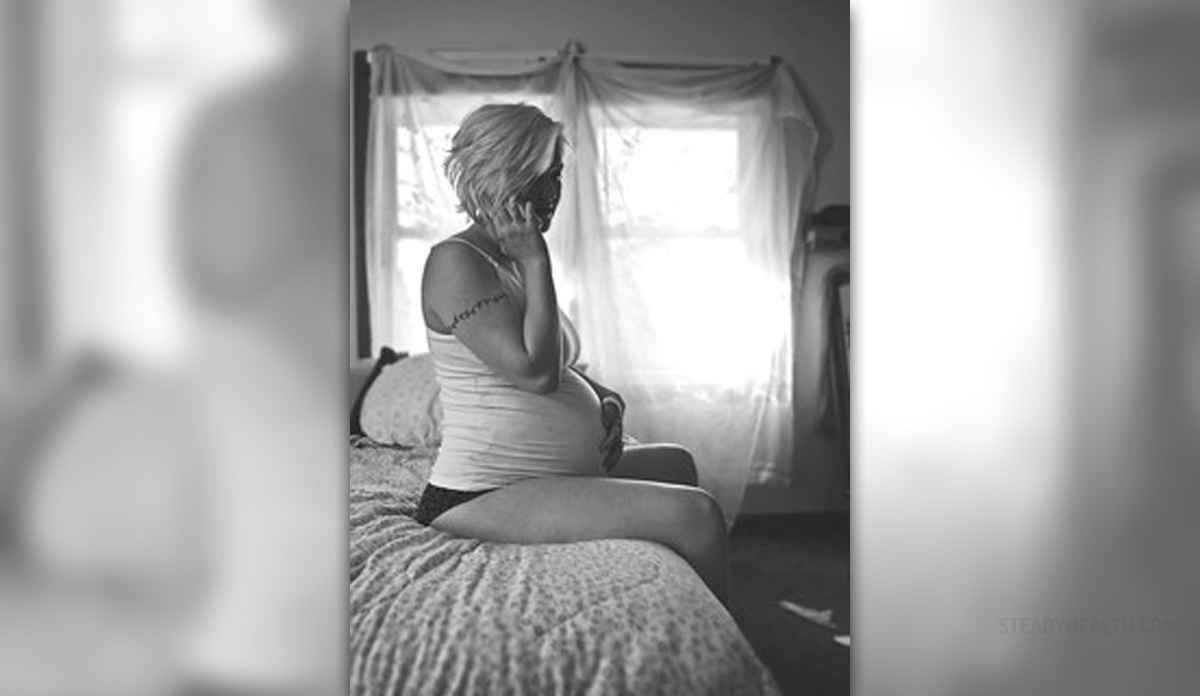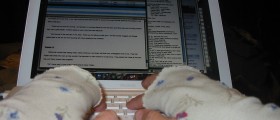
Most pregnant RLS sufferers find that the condition peaks at seven to eight months. The symptoms tend to be most obvious before you go to sleep, or when you have been sitting still for a while. Symptoms will cease if you move your legs, but will start again once you stop moving them. Thankfully, RLS in pregnancy is almost always temporary. You wil most likely go back to normal once you give birth to your baby. In the meantime, what can you do to relieve your symptoms?
Avoid sitting still for long periods of time, as this will aggravate RLS. Go to bed when you are already really tired. Keep a food journal some foods, like crabs, may trigger restless legs. Some experts think anemia may be to blame for RLS, so ask your OBGYN about a blood test at your next prenatal appointment. Acupuncture and other alternative treatments, including prenatal yoga and meditation, do some pregnant ladies with RLS some good. Some medications aggravate restless leg syndrome, while those drugs that are prescribed to treat RLS are not necessarily safe during pregnancy. When it comes to taking ant medications at all, always consult your doctor first.
















Your thoughts on this
Loading...